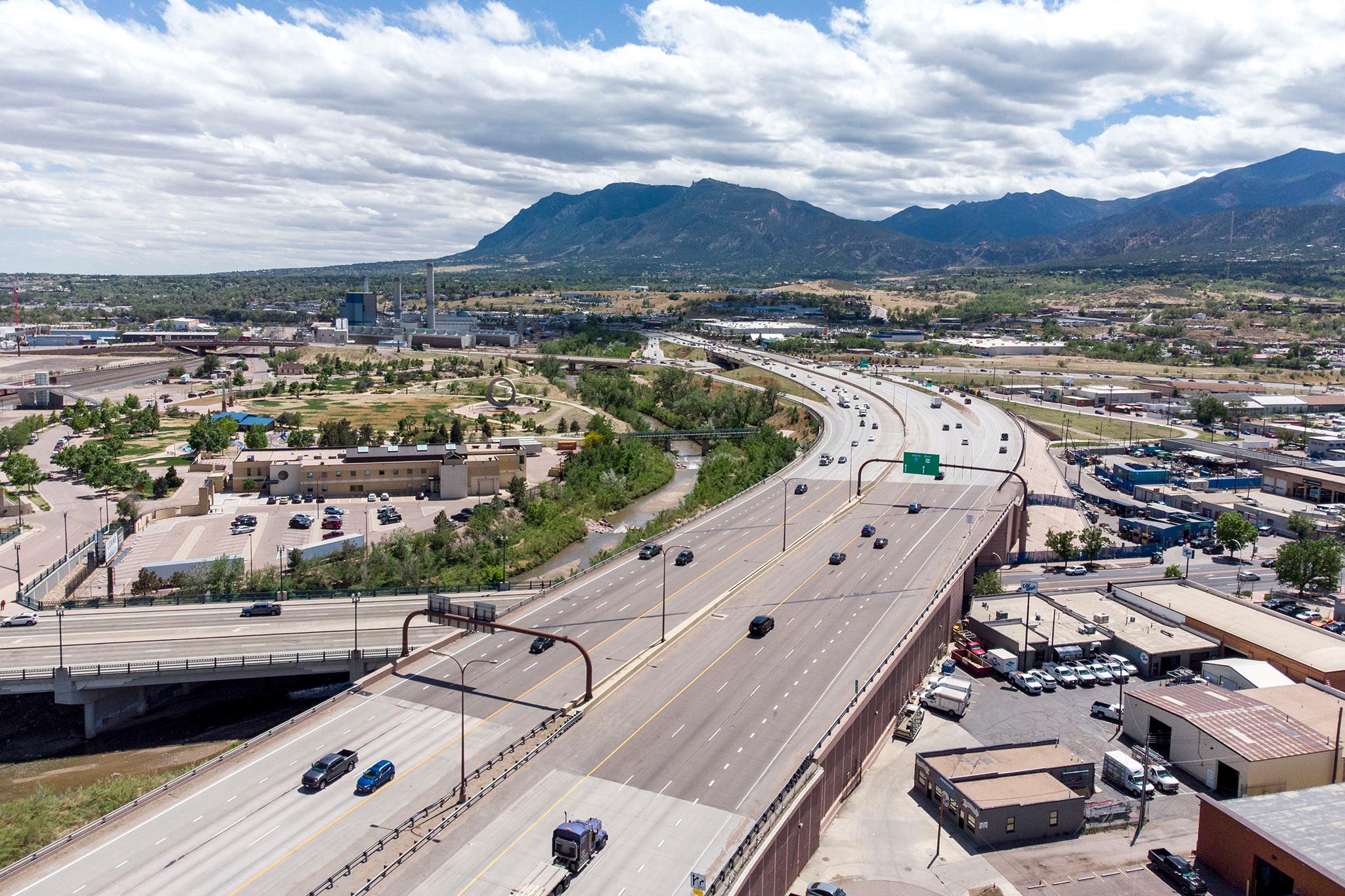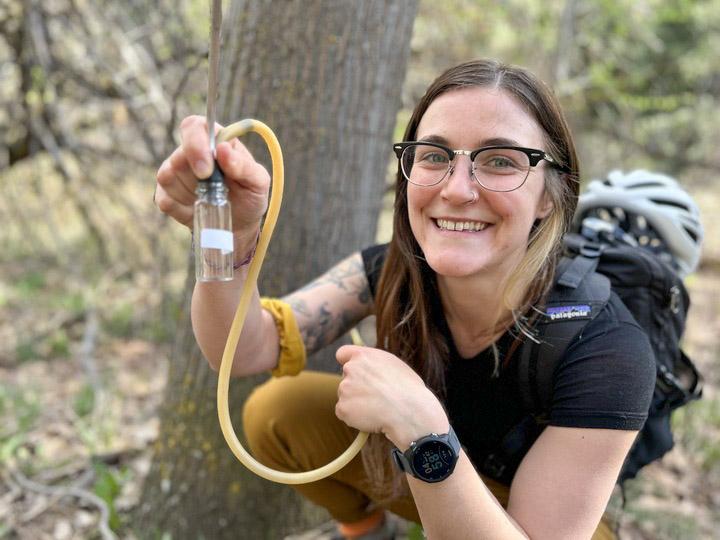
Newly released figures from the U.S. Environmental Protection Agency show average ozone levels in Colorado Springs peak above federal health limits.
Ozone is a dangerous lung irritant that can trigger asthma attacks and make people more susceptible to chronic respiratory infections and other ailments. The findings could lead to stricter federal regulations for the region if ozone levels aren’t brought below EPA limits.
However, air quality in the state’s second-largest city is in much better shape than metro Denver and the northern Front Range. The new data also does not necessarily mean the Springs will face the same “severe” nonattainment restrictions placed on Denver through the Clean Air Act.
In order to determine whether a community is in attainment with the ozone standards, the EPA takes a three-year average of that community’s fourth-highest reading from air quality monitors placed throughout that region. Officials say the fourth-highest reading is used to help smooth out statistical results, removing some of the highest ozone days that may have been caused by outlier conditions like severe wildfires.
The EPA set the safe ozone threshold for human health, as of 2015, at 70 parts per billion. The latest results for the Springs, which averaged the years 2020, 2021 and 2022, was 74 parts per billion. It’s the second time in a row the Springs registered above the threshold. The 2019, 2020 and 2021 average was 73 parts per billion.
Adrienne Sandoval, the EPA’s regional air and radiation director, said exceeding the limit does not automatically mean an area is formally declared to be violating federal air quality standards. Rather, she said it begins a dialogue with the community about how to reduce ozone levels.
"We can provide technical advice and support including any tools that we have or resources to help put plans into place to make sure that they don't go over these standards," Sandoval said.
It’s then at the agency’s discretion as to whether to pursue a formal nonattainment designation. In contrast, Denver’s most recent 3-year reading was 84 ppb. It’s considered a “severe” violator — a change regulators made in fall 2022 — for failing to meet ozone standards going back to 2008.
The federal Clean Air Act allows the EPA to regulate such nonattainment communities through stricter enforcement of industrial emissions and requiring drivers to obtain regular emissions checks for their vehicles — something Colorado Springs drivers don’t currently need to do.
The Pikes Peak Area Council of Governments says it’s implementing several measures to improve its air quality, including enrolling in the EPA’s voluntary “Ozone Advance” program.
In a planning document, the council argues the region would be in compliance with federal ozone limits without wildfire smoke, but it details other efforts to reduce the compound such as Colorado Springs Utilities retiring coal-fired power generation, the city developing an Electric Vehicle Readiness Plan and local education measures for residents.








